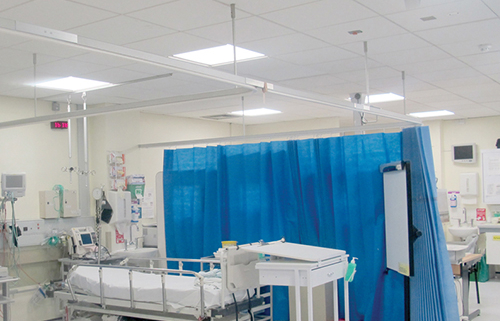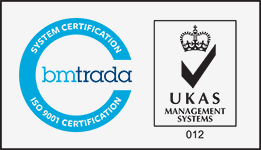SMART LED Lighting Gives Hospitals A Healthy Glow
When it comes to keeping costs down, lighting is not necessarily the first variable healthcare managers think of. After all, no one wants to see cut backs affecting such a critically important function. However, some hospitals are managing to decrease their lighting bills by over 90%, while significantly improving their internal environment and the well-being of patients, staff and visitors.
According to the UK’s Department for Business, Energy and Industrial Strategy, the proportion of UK hospital electricity spend that is accounted for by lighting was around a fifth in 2018, down from over half less than a decade ago.¹
One reason for this big change is that more and more hospitals are taking advantage of new technologies to upgrade their lighting infrastructure and achieve very large energy savings, in order to help balance budgets and meet mandatory government targets. Instead of turning off lights, they’re switching to SMART LED lighting which offers finely-tuneable, flexible, human-centric lighting using a fraction of the energy and needing no maintenance for years at a time.
Many are upgrading to SMART LED lighting without any capital investment at all, by funding the cost of installation through the savings they make each month, via a tax-efficient lease-purchase scheme such as Goodlight’s Bright Plan. Once the purchase price is covered by paying the same operating costs each month as the previous energy bill – typically after one to three years – expenditure drops dramatically as energy bills are 60-90% lower and maintenance costs all but non-existent. This puts the most effective and beneficial SMART LED lighting systems within the reach of any hospital or healthcare trust. When you also factor in that modern SMART LED systems can easily be retrofitted to existing lighting infrastructure in just a few minutes per fitting, with minimal disruption, it’s easy to see why so many hospitals are switching over.
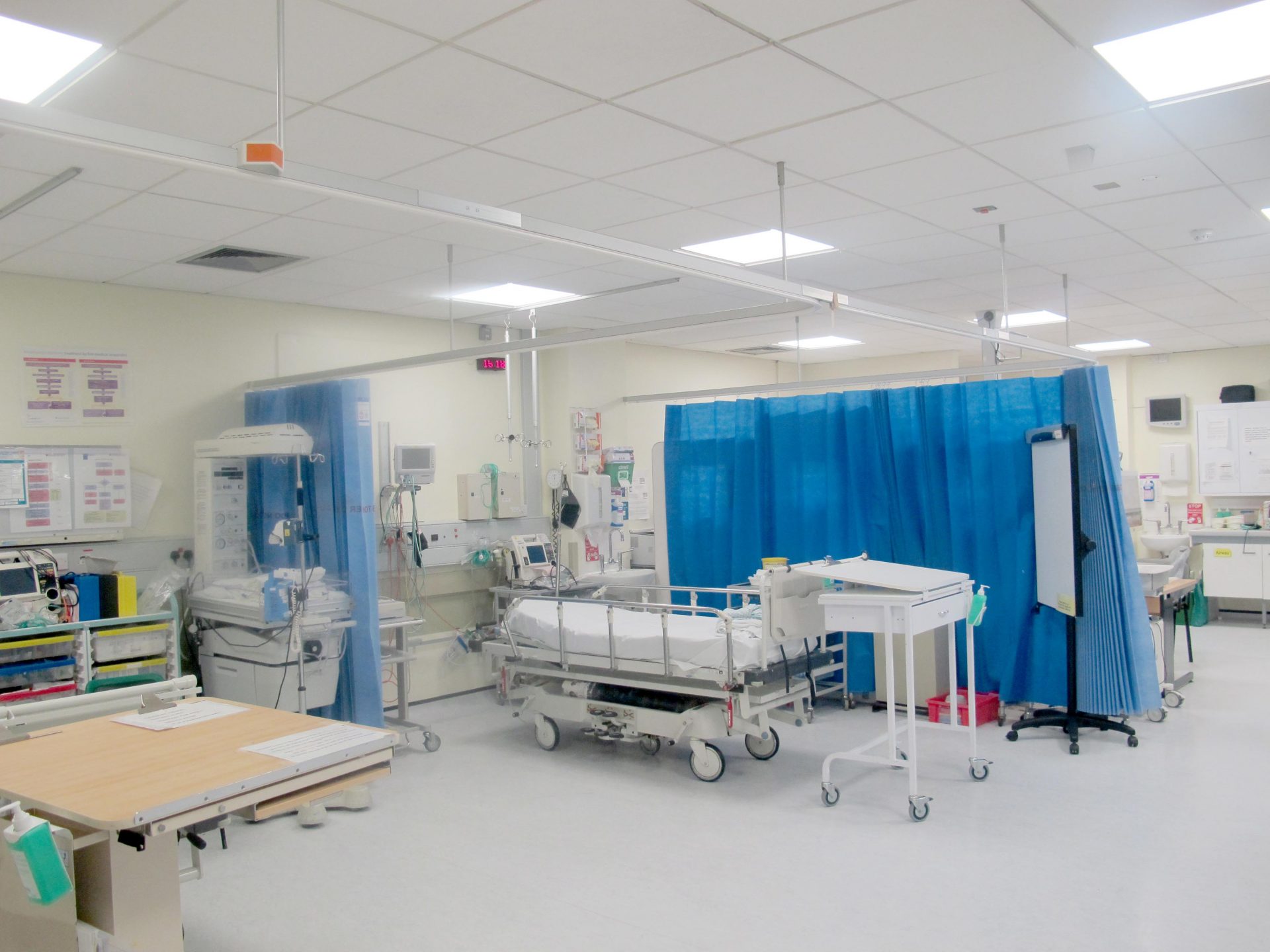
Helping to Heal
This is good news for patients and visitors who experience better, more natural illumination, creating a more comfortable environment that soothes anxiety and supports – rather than hinders – healing. Research shows that the quality and colour of the light in our surroundings affects the body’s Circadian Rhythm. This in turn affects various biological functions such as hormone production and cell regeneration. Sleep quality, alertness, mood, appetite, depression and overall health can be impacted.
Modern, human-centric, SMART LED lighting enables colour tuning and control that can mimic the complex effect of natural daylight as it transitions through different hues and intensities during the course of a day, matching and supporting the body’s natural rhythm. It can also automatically respond to environmental changes such as different weather conditions, light levels and occupancy. This benefits staff as well. Recent studies have shown that SMART LED lighting can enhance performance, boost concentration levels, improve productivity and reduce migraines, errors and accidents. It can even counteract the harmful effects of artificial light absorbed from screens and, by making the ward environment calmer, it has been shown to increase healthcare professionals’ connection with patients. It eliminated flicker, delay, glare and buzzing and engenders feelings of wellbeing that makes work more enjoyable for busy teams.
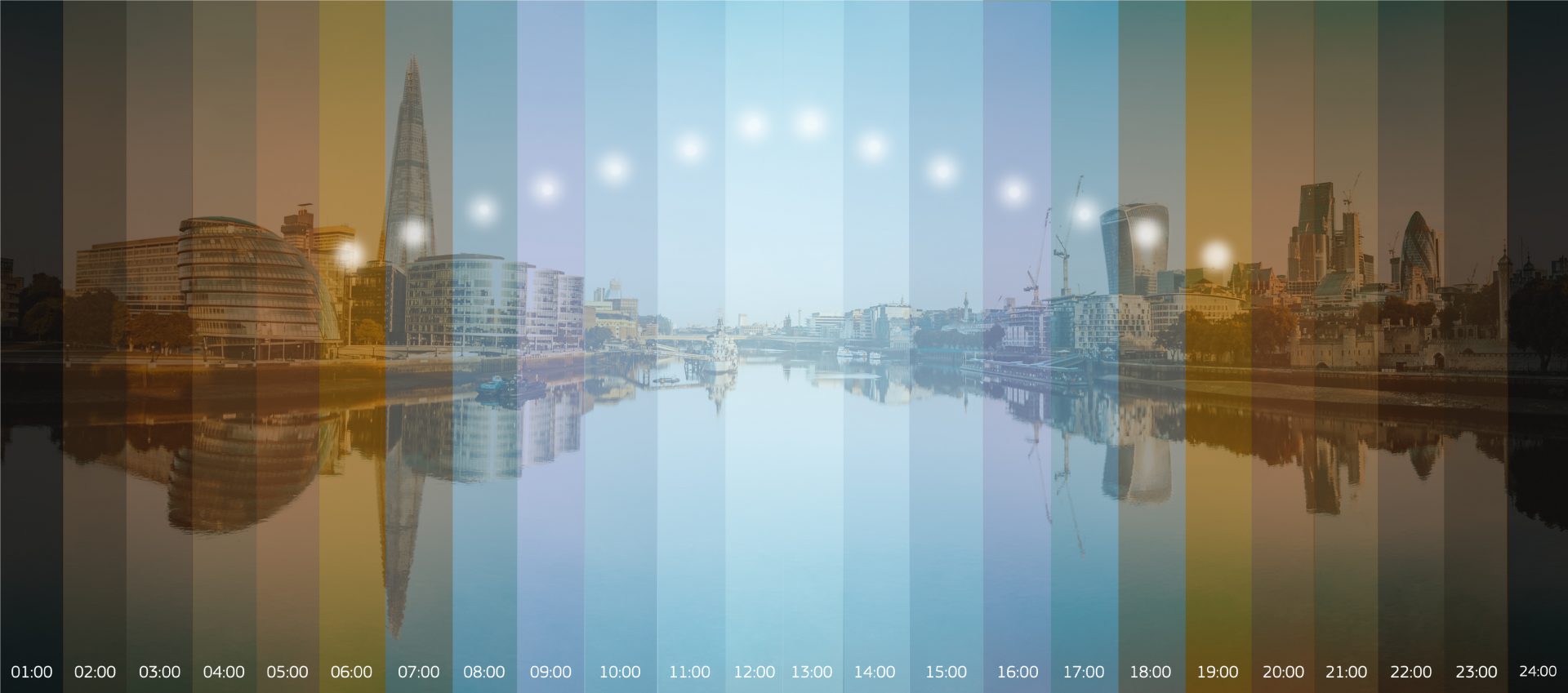
Wireless Lighting Control
For healthcare organisations looking to maximise cost savings and benefits for users, an intuitive, automated, wireless lighting control system such as Goodlight’s Light Boss™ is an essential part of their lighting infrastructure. Wireless systems are much cheaper and simple to install than wired-in systems and are generally much more flexible and scalable. The best ones allow lighting intensity and tone to be centrally controlled or triggered by environmental factors, optimising the environment for users while curtailing energy waste. They should also monitor energy consumption and the health of lighting fixtures, reducing the maintenance burden and removing the risk of human error.
The most common LED fittings for hospitals include 2D (flat format) lamps, LED tubes, ceiling panels, light discs, PL (plug-in) lamps and PL-L (long compact fluorescent) lamps – all of which are easily retrofittable to existing lighting. Goodlight PL LED Lamps pay for themselves in energy savings in less than a year. Good quality LED lights lasts for 50,000 hours, which is equivalent to seven years of continuous operation for 24 hours a day, or 11 years if used for 12 hours a day. That’s three times longer than typical fluorescent lights. LED also makes the ideal emergency light source. It is more robust than conventional lighting and can withstand a greater degree of heat and stress. Moreover, its low energy consumption means it can run for a long time on battery power.
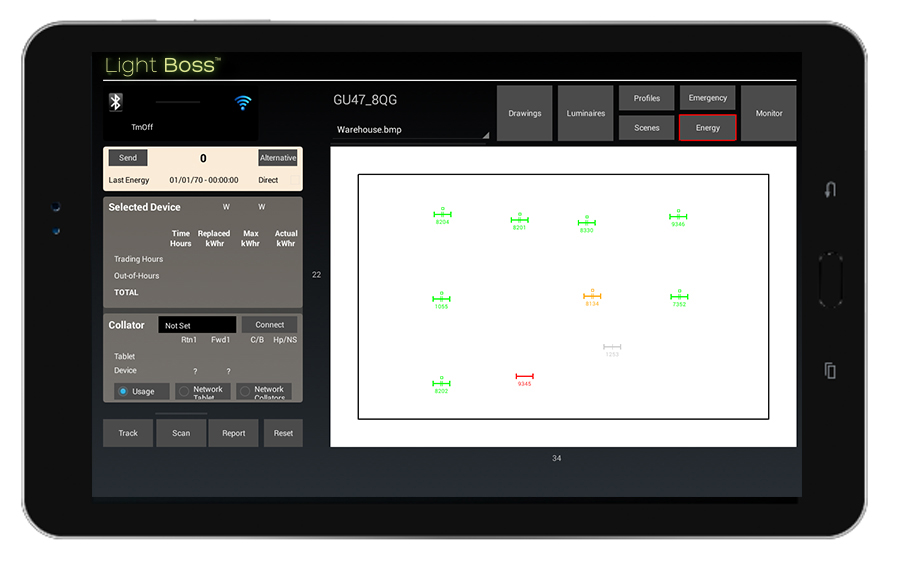
Hospitals making the switch
Royal Surrey Country Hospital has retrofitted failing corridor fluorescent lighting with Goodlight LED tubes. It also upgraded to very bright Goodlight floodlights and LED SON replacements in its car park. As well as dramatically increasing reliability, is has experienced a drop in lighting energy costs of 80%. Examples of other NHS hospitals that are switching to LED include London’s Royal Marsden Hospital, Oldham Hospital and Royal Gloucester Hospital. With so many wellbeing and cost benefits and so few barriers to take-up, Smart LED is a welcome trend that’s likely to continue for some time to come.
¹ Source: https://data.gov.uk/dataset/26afb14b-be9a-4722-916e-10655d0edc38/energy-consumption-in-the-uk

